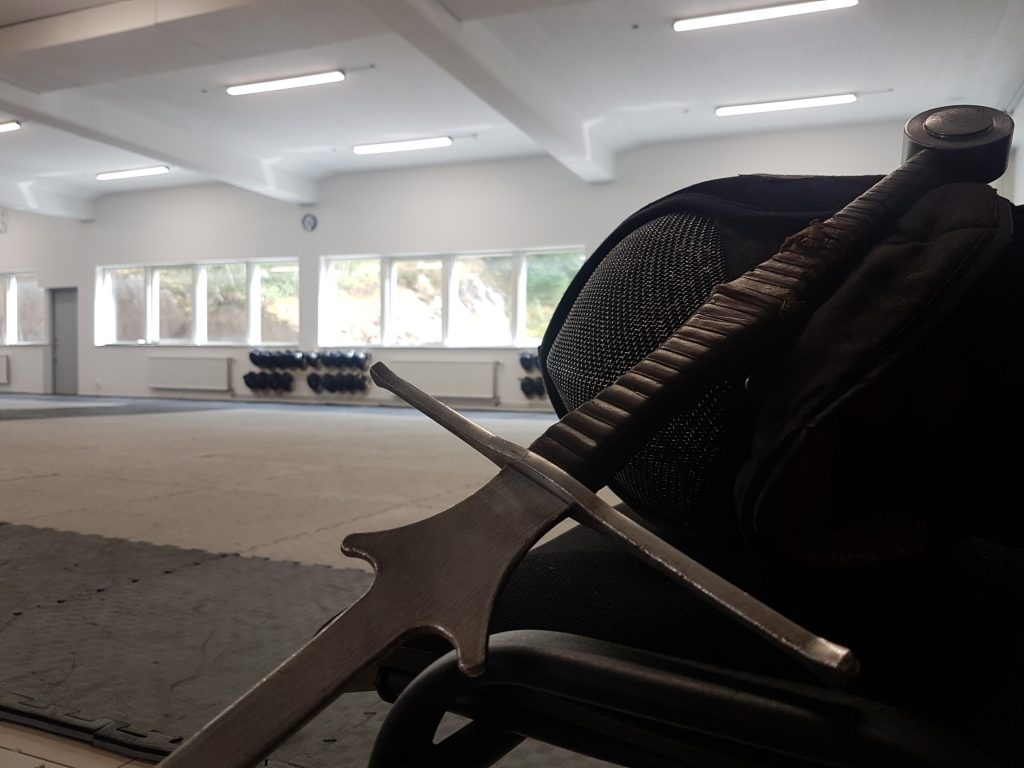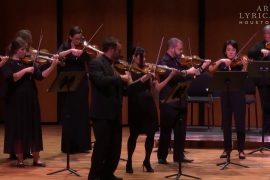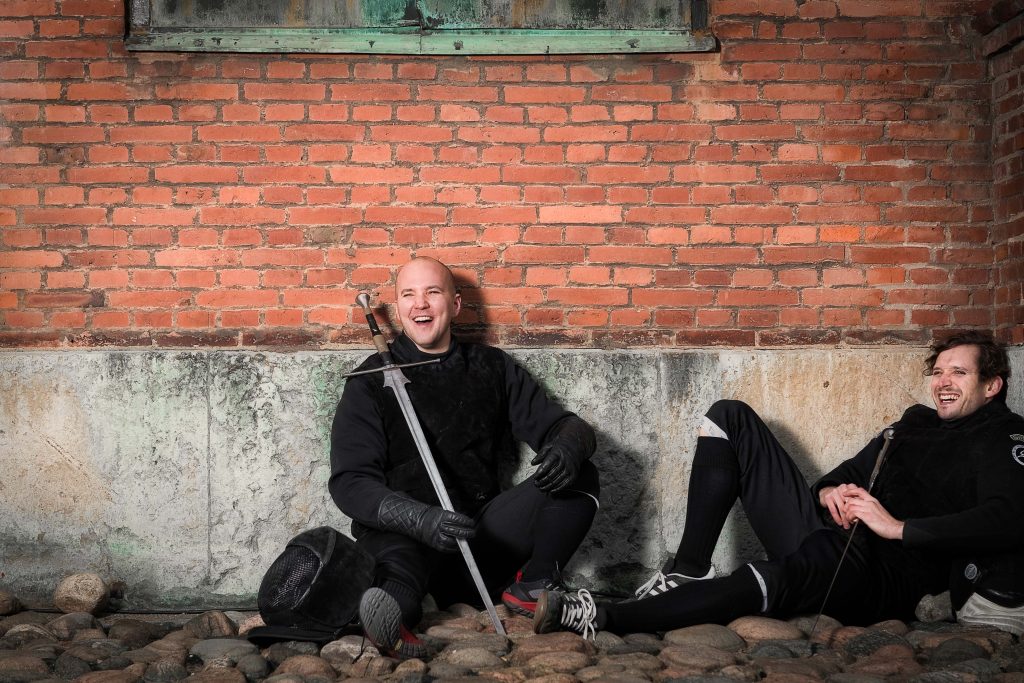Today I engage in some nostalgia as I look into the crystal ball. Our movement was created from a dream of the sword and although it’s been a crooked path, we are still on it since there are visionaries who dare to dream.
It was a revolution. I was downloading low-res videos from the ARMA site and mimicking the motions in my small flat. Luckily it was a pointy loft in the attic – high ceiling in the middle of the room, but you had to crawl into the space where I had placed the bed in the little side wardrobe where the ceiling met the floor. So as long as I stood in the middle of the room, and avoided the lamp, I could actually pull off a reasonable Vom Tag with a shorter sword. I was around 25 or so and had done some larping, SCA and proto-HEMA. But this… this was the real deal. I spent my days drooling over sword sites like Del Tin and Lutel – I dreamt about fencing and I ached to learn more about these arts.
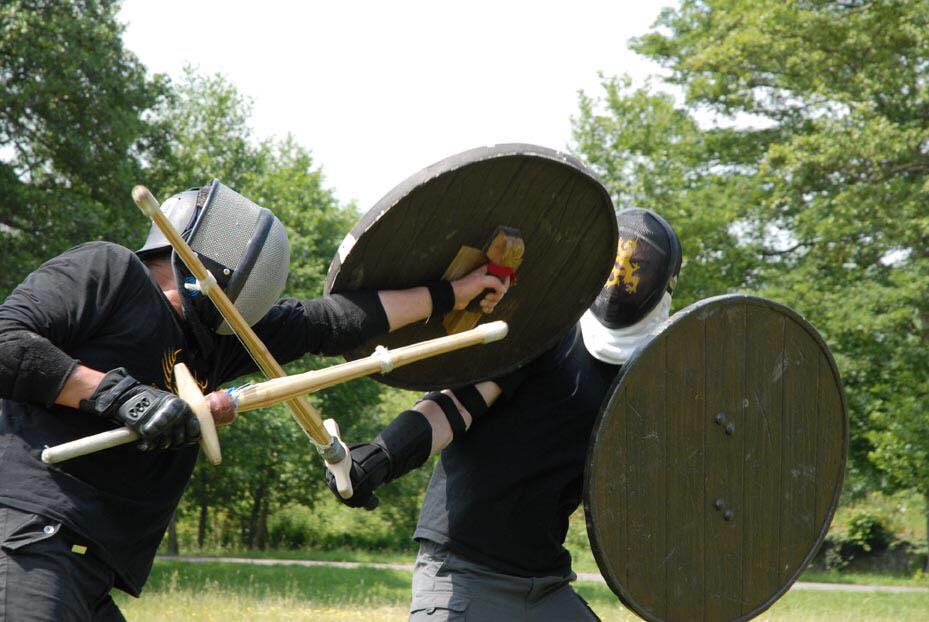
After a few years, I connected with other believers and we started GHFS in 2003. I was 27 at the time and I trained every day. Cutting wet newspaper rolls, sparring with wasters, interpreting texts and talking about fencing endlessly. It quickly became my religion. Andreas Engström once told me that when he was translating Ringeck, he had a vivid dream in which he was a scribe hearing Ringeck’s voice. I had those dreams too. I think we all did.
The same year I went to my first events in England and France. I met with Matt Easton, James Marwood, Fabrice Cognot, Matt Galas and a whole bunch of other people who are still into HEMA. It was a blast. We were basically all born in the 70s (except Galas) and we were all pretty anarchic. My own approach to HEMA was simple. We should make this real, something respected, something embraced by society and the martial arts community. And the road to becoming better was to fence with everyone and keep an open mind. This was by no means something taken for granted. People laughed when I said we should become bigger than Karate.
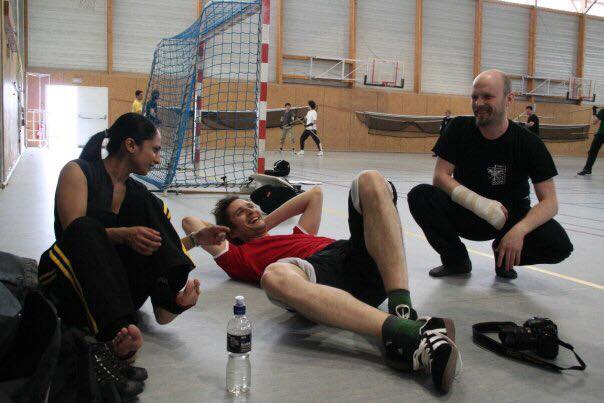
In 2006 I fought in my first competition in Dijon, and I won it. I was also a judge for other fights, so it wasn’t really a very professional competition, but I did enjoy it. And as a result Matt Easton changed my title to “European Longsword Champion” on the Schola forum. I protested, but was incredibly flattered. For me, that was the first step towards getting recognition for something I wanted more than anything: being a good fencer, beyond internet fame. It reflected on the club as well. GHFS was getting a reputation for getting things done, being open minded and producing good fencers.
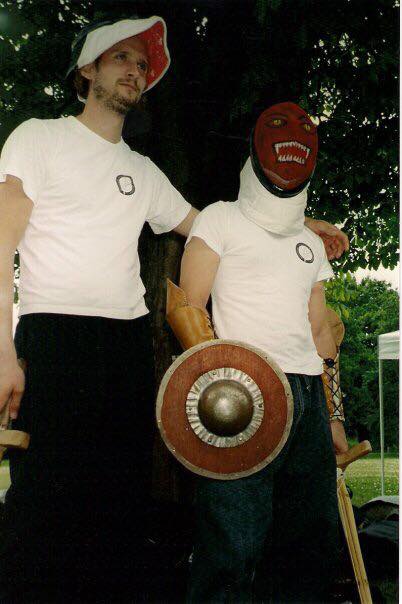
That same year, I also had two young saplings walk into the club. Absolute reckless, funny and ballsy kids called Axel Pettersson and Scott Hellroth. I kept them at a distance for quite some time, but they consistently impressed me with their wit, charm and irreverence. We would spend days and nights talking about fencing and what HEMA was. Analysing fencing and getting a sensation that no one in the world was having conversations at that level. It’s best summarised by Axel many years later, when a woman in HR was trying to pitch some board meetings to him: “I just wanted to grab her, shake her and scream to her face: I travel the world fencing according to manuals that are hundreds of years old. NO! Your meetings are not exciting!”
You have to imagine the journey. We had started with hockey gloves and sticks in open air. We experimented with weighted shinais. Some people wore medieval garb, others kilts and Metallica t-shirts. There was a guy showing up at every event looking like King Arthur, fighting a guy dressed like Robocop. It was beautiful, crazy and stupid for all the right reasons. At times incredibly frustrating since HEMA is full of the archetypical know-it-all nerd. Our mission was to make those nerds into fencers, athletes, leaders…
“Son, stop making swords out of my oak poles. I need them for the fence for the pigs” Actual quote from my dad around 2004.
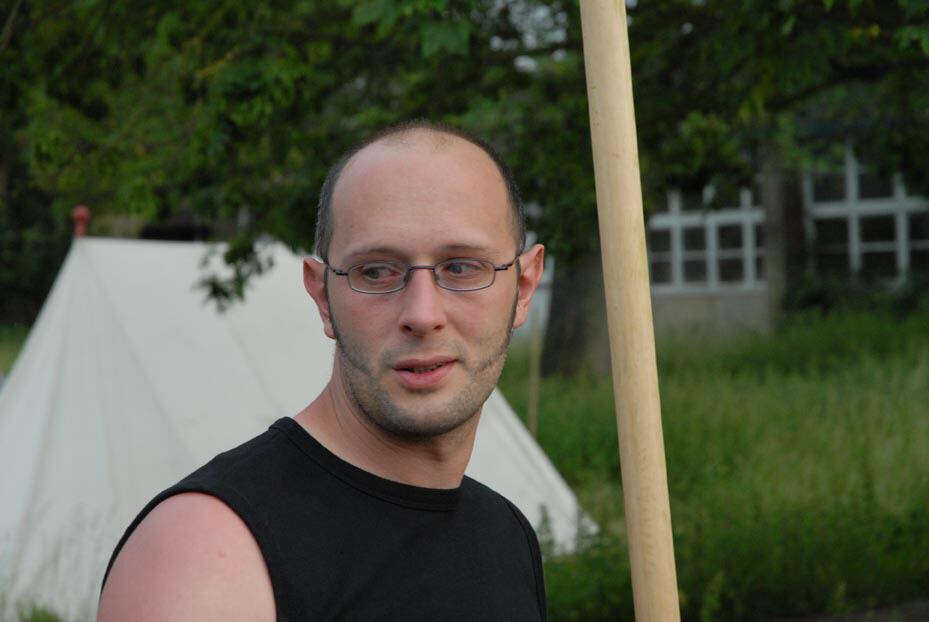
So many things that are taken for granted in HEMA today were decided on back then. And many of those decisions came from me and GHFS. GHFS were the first to push for athleticism. We pushed for a more consistent look in HEMA garb. We pushed for professionalism in competitions. We were first to push for a Swedish federation (but failed). We were the first to create a live stream. We were the first to introduce judges and referees dressed well in competitions. We pushed for a more martial approach. We told people to back up their words with skills. We presented novel interpretations. Our rule sets set a new standard for competitions. I can’t tell you how many times I’ve had young people tell me things that I were the first to say, and to fight for, in HEMA’s youth. The motto in GHFS was that we did nothing for ourselves and everything for the dream of fencing.
And yes, I do mean to brag a bit. I am unbecomingly proud of what I have accomplished and what GHFS has done. We set a standard. We changed the game. We showed a way forward. We weren’t always right and others have done amazing stuff too, of course, and built on what we did. Just like we built on what they did. And none of the things that we did are now just ours anymore. But we did things that people across the world take for granted now and they don’t even know we were the first to say, do or propose them. So here’s a toast to GHFS and all the pioneers.
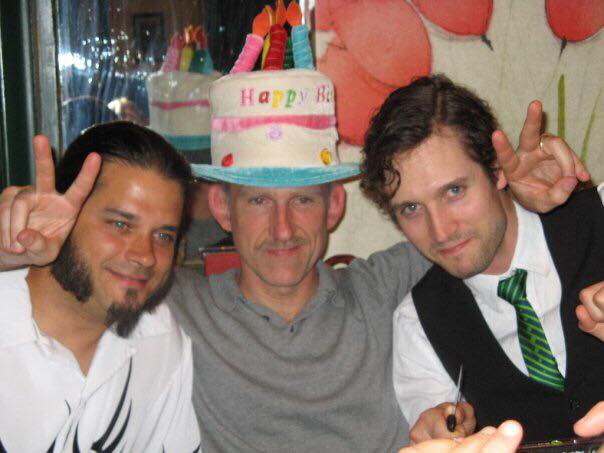
I sent this to Axel before publishing and he gave me a very fitting quote from Goethe: “Treat people as if they were what they ought to be and you help them to become what they are capable of being.”
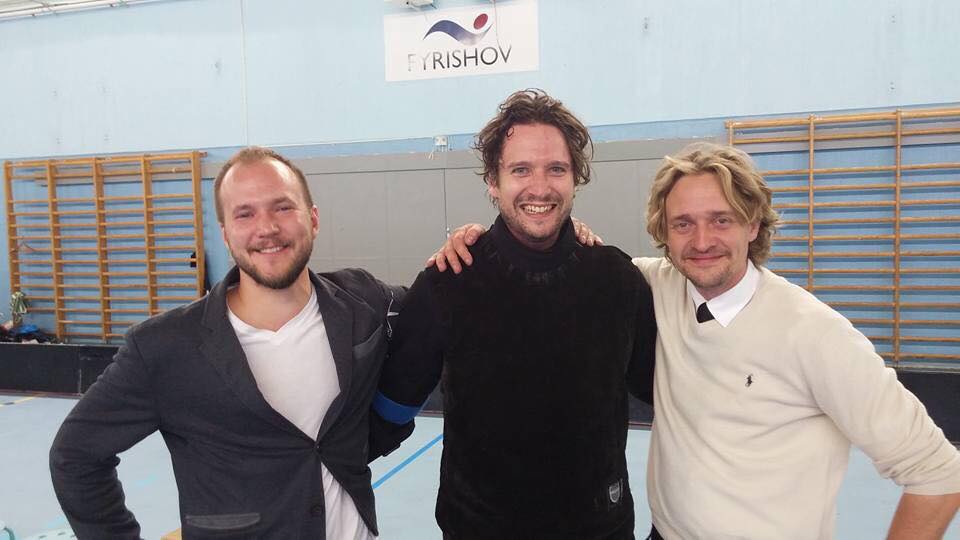
And here’s the thing (as the Godfather says), most of the steps of the way were filled with bickering and fights. People fought us on physical fitness. On competitions. On culture. On pedagogy. On interpretations. If I posted on the colour of socks, there would be some guy no one ever heard of posting an opposing opinion. But none of that mattered, because behind all the struggles was a dream of the sword. It’s the same romantic dream now as when I was a 13 year old kid. This remarkable symbol of our history that has been handed down to us through the centuries. This symbol of who we are, this European heirloom, it strikes a chord in us and we just can’t let it go. I imagine many of our tombstones will have swords on them instead of doves, leafs and religious symbols.
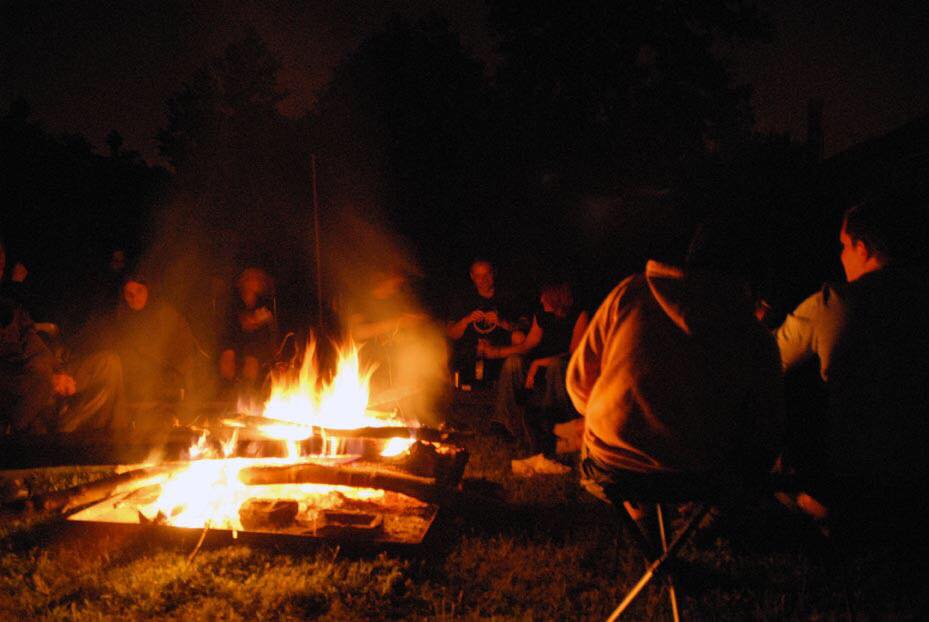
HEMA has in many senses become a bastard child of this dream, which is much older than HEMA, and it has turned into a very poor heir in parts. Maybe that was unavoidable. As we grow, the lack of formal hierarchies combined with social media let small destructive minorities hijack us. But at the same time, I see that same light shining in many people. Most recently in the European Games in Minsk, where the dream of one man, Roberto Gotti, took all of us to a new place in our collective history. My own role may have been diminished in recent years, but I am happy to see how there are others with visions who still strive higher. I hear the distant noise of naysayers and critics, and many are most likely right in the details, but let’s be clear: This was a huge step and I don’t think Gotti’s dream is a dream that is manifested in a specific rule set or an organisation, but connected to the dream of the sword and the Art itself. We can bicker about details like fools, but let’s take a minute to look at the greatness of what’s happening right now and who is behind it.
I think that Gotti’s dream is something that many of us share. Some cannot see it clearly, it’s hidden from them because they are occupied with their own personality, politics, ideas or pride. But if they would stop and listen for a while, they would hear that inner voice telling them why they started fencing to begin with. It’s to discover something that goes farther back than themselves, and they want to be part of that and bring it into the future.
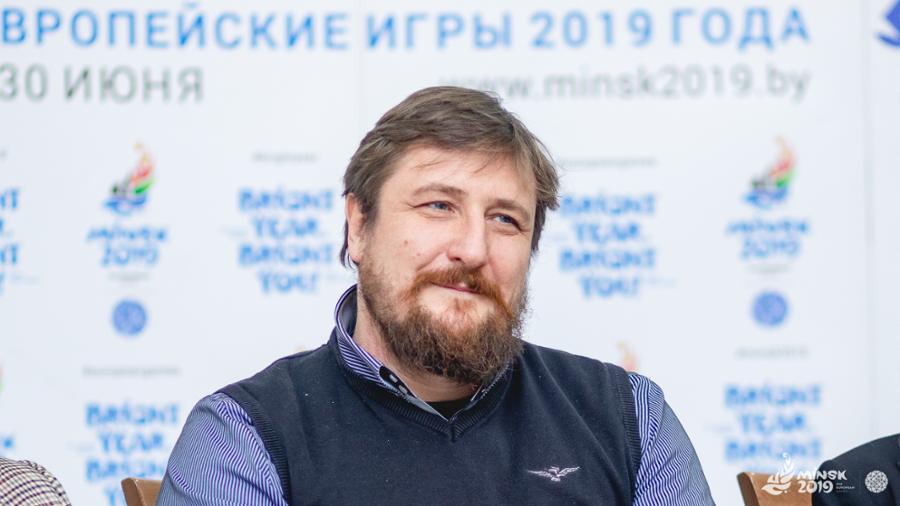
I do believe one thing. HEMA does not belong online anymore. We started off connecting through this emerging technology and it still is a good source of information, but the real stuff goes on in clubs, at events, in pubs and living rooms. We will see more local variations, less mass culture. We will see more groups embracing cultural aspects and the spiritual side of HEMA, and we will see more sport fencing. We will see groups mixing all these things. In a way, I think that’s a re-boot. As we formalise some parts, other aspects will most certainly grow into new directions. That’s just as it should be.

